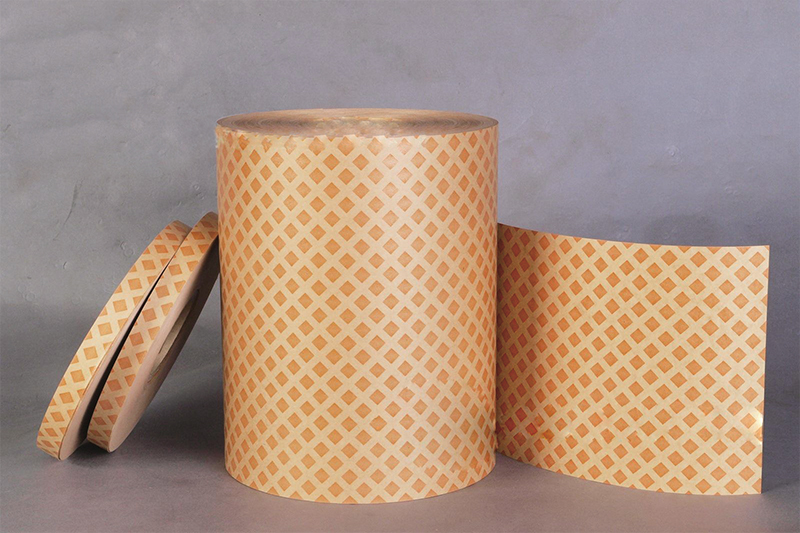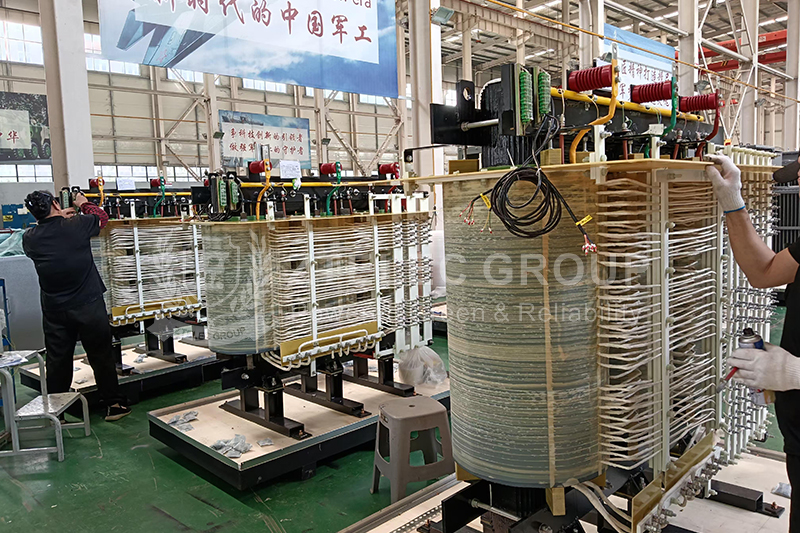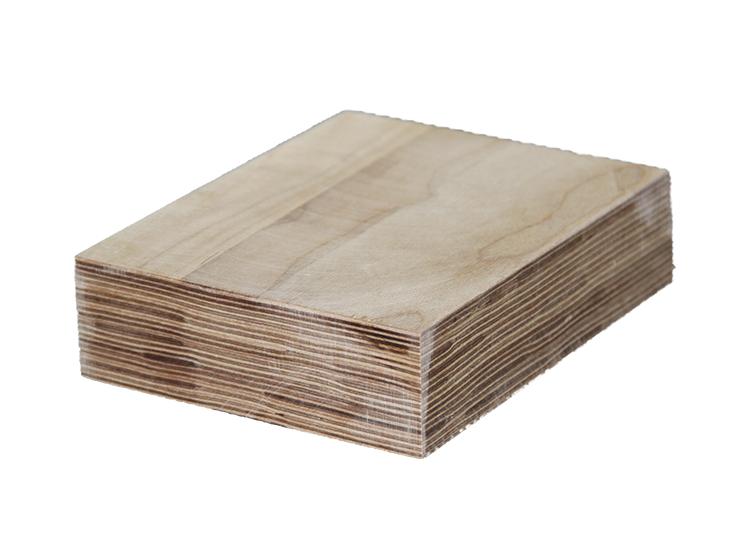High-Density vs. Low-Density DDP Diamond Dotted Paper
In the field of industrial insulation materials, DDP (Diamond Dotted Paper) plays a vital role in various applications such as power equipment, thanks to its unique structure and performance. Although both high-density and low-density DDP papers belong to the same category, they differ significantly in material characteristics, manufacturing processes, and application scenarios. These differences directly impact their performance and suitability in different industrial environments. A thorough understanding of these two types is essential for proper material selection and ensuring stable equipment operation.
Material Characteristics & Manufacturing Process
High-Density DDP Diamond Dotted Paper
Base Material: High-density DDP is made from high-density insulation paper or composite EM film. The base material features high compactness, excellent thickness uniformity, superior mechanical strength, and enhanced tear resistance.
Coating Process: A specialized modified epoxy resin is evenly coated in a diamond pattern, forming dotted distributions. This design ensures oil penetration and gas evacuation channels while providing excellent bonding strength.
Curing Conditions: The curing process is carried out in multiple stages, resulting in a stable cross-linked structure. The cured resin layer offers high normal bonding strength and excellent heat resistance.
Low-Density DDP Diamond Dotted Paper
Base Material: Typically made from standard low dielectric loss insulation paper, this version has lower compactness, less uniform thickness, and relatively weaker mechanical and tear resistance.
Coating Process: The resin coating on low-density DDP is sparser, which may compromise bonding strength and insulation stability. Oil absorption and gas evacuation may also be hindered.
Curing Conditions: Although it also requires staged curing, insufficient resin content in low-density DDP may lead to degraded post-curing performance and reduced heat resistance.

Application Scenarios & Performance Advantages
Applications of High-Density DDP
Oil-Immersed Power Transformers: Used as turn and interlayer insulation for coil windings, high-density DDP prevents displacement during short circuits and ensures mechanical and electrical stability. It's ideal for high-voltage, large-capacity applications.
Amorphous Alloy Transformers: High-density DDP is suitable for foil-wound structures, where its bonding strength meets the requirements of new manufacturing techniques. It helps avoid winding loosening or insulation failure due to poor material quality.
High-Voltage Motors and Switchgear: As an anti-corona insulation material, it optimizes electric field distribution, reduces partial discharge risk, and enhances operational reliability.
Limitations of Low-Density DDP
Insufficient Mechanical Strength: Under vibration or short-circuit stress, low-density DDP is prone to interlayer displacement or damage, leading to insulation failure and equipment malfunction.
Poor Heat Resistance: Prolonged exposure to hot oil or thermal aging may cause early degradation or impurity release, contaminating transformer oil and compromising insulation, thus shortening maintenance cycles.
Shorter Service Life: Low-density DDP cannot match the service life of the equipment, requiring premature replacement and increasing maintenance costs and downtime risk.
Limited Application: Low-density DDP is suitable only for low-voltage, small-capacity, or low-reliability scenarios. It fails to meet the demands of high-end markets for equipment stability and lifespan.

Market Trends & Selection Recommendations
Market Trends
High-Density Products Take the Lead: With upgraded transformer energy efficiency standards and the application of new technologies (e.g., amorphous alloy transformers), high-density DDP has become mainstream due to its superior performance, steadily increasing its market share.
Growing Demand for Reliability: As demand for high-end, reliable products grows, low-density DDP is gradually being phased out, remaining only in specific low-cost applications.
Sustainability & Cost Efficiency: High-density DDP is manufactured without toxic emissions and consumes less energy, aligning with green manufacturing trends. Its long-term cost efficiency makes it economically advantageous.
Selection Recommendations
Prioritize High-Density DDP: In critical applications like oil-immersed or amorphous alloy transformers, high-density DDP significantly enhances equipment reliability and service life while reducing maintenance costs.
Focus on Key Performance Metrics: When selecting products, pay attention to key indicators such as bonding strength, breakdown voltage, and oil absorption to ensure alignment with design and operational requirements.
Avoid Low-Cost Substitutes: While low-density DDP may be cheaper initially, it poses long-term risks like equipment failure and production downtime, making it unsuitable for critical applications.
Assess Supplier Qualifications: Choose suppliers with mature manufacturing processes and robust quality management systems to ensure stable and reliable performance of high-density DDP products, avoiding quality fluctuations that may impact equipment operation.
- more+releated article
- 2025-10-21Application of K Factor Transformer
- 2025-10-21Detailed explanation about transformer model w
- 2025-10-2010kV Oil-Immersed Transformer Safety: Lightnin
- 2025-10-20What are The Advantages of Phenolic Cotton Clo
- 2025-10-17Are Three-Phase Isolation Dry-Type Transformer
- 2025-10-17G10 Epoxy Sheet: Choosing the Right Specificat
- 2025-10-1610kV Oil-Immersed Transformer Operation Inspec
- 2025-10-163240-B Epoxy Phenolic Glass Fiber Cloth Lamina
- 2025-10-15G10 Epoxy Sheet: The Preferred Insulation Mate
- 2025-10-15Analysis of Energy-Saving and Noise Control Te





